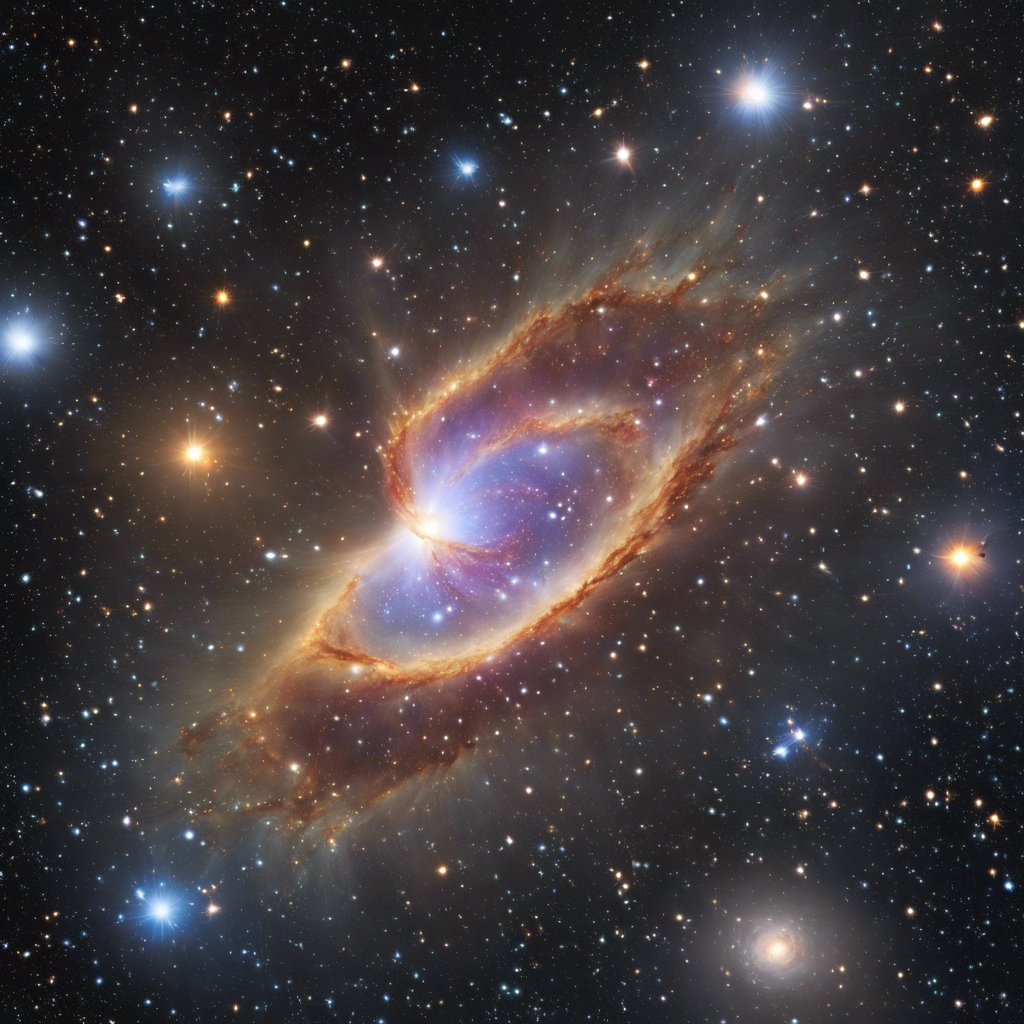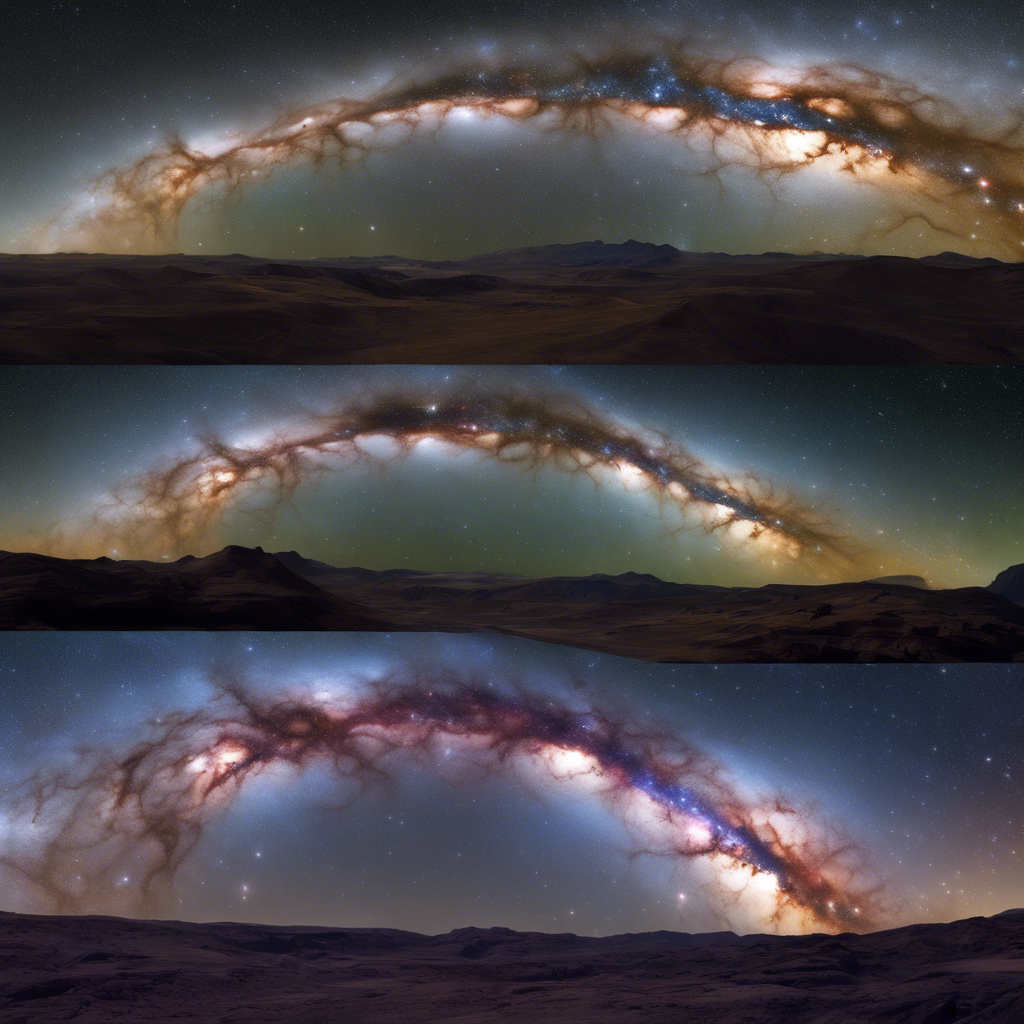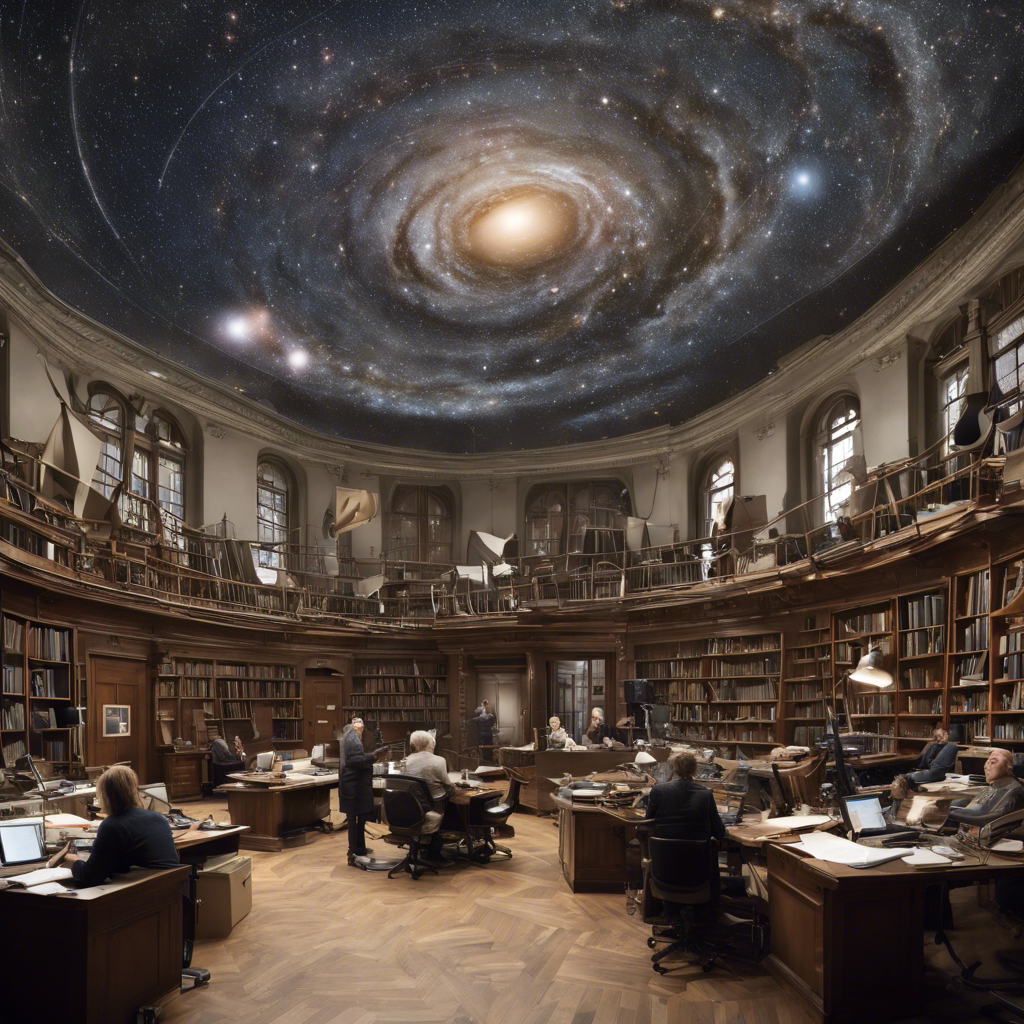New research reveals the discovery of a population of stars in nearby dwarf galaxies that are believed to be the long-sought progenitors of a specific type of stellar death, supernova.
In a groundbreaking study, scientists have uncovered a newfound population of stars in dwarf galaxies that could potentially solve a long-standing mystery in astrophysics. These stars, stripped of their outer hydrogen layers, are believed to be the progenitors of a specific type of stellar death known as supernova. Until now, these stars had eluded detection, posing a significant challenge to existing theories and prompting a reevaluation of our understanding of various astronomical phenomena. This discovery not only sheds light on the enigmatic nature of supernovas but also has implications for gravitational waves, distant galaxies, and the fate of massive stars.
The Missing Population of Hydrogen-Poor Supernova Progenitors
Theories have long suggested that for every three massive stars, one undergoes a process in which its outer hydrogen layers are gradually stripped away over hundreds or even thousands of years. This gradual stripping exposes the star’s scorching hot helium core, which is approximately ten times hotter than the sun’s surface. When these stars eventually meet their explosive demise in supernova events, they leave behind hydrogen-poor environments distinct from other types of supernovas. Despite the theoretical prevalence of these stars, they had remained elusive until now.
Study co-author Ylva Götberg from the Institute of Science and Technology Austria highlighted the significance of this discovery, stating, “This was such a big, glaring hole in our understanding. If it turned out that these stars are rare, then our whole theoretical framework for all these different phenomena is wrong, with implications for supernovas, gravitational waves, and the light from distant galaxies.”
Unveiling the Stripped Stars in the Magellanic Clouds
In a breakthrough, Maria Drout and her colleagues have identified 25 stars that appear to have been stripped of their hydrogen envelopes in the Large and Small Magellanic Clouds, two of the Milky Way’s closest galactic neighbors. These stars, ranging from two to eight times the mass of our sun, are often part of binary systems, gravitationally bound to another star. It is believed that these companion stars play a crucial role in removing the hydrogen envelopes of the detected stars.
The researchers also observed a few stars accompanied by neutron stars, which are ultra-dense remnants of once-massive stars. This finding suggests that the identified systems are on the verge of becoming double neutron star systems, eventually destined to merge.
Uncovering the Clues: Swift Ultraviolet Optical Telescope and the Magellan Telescopes
To arrive at their groundbreaking conclusions, the scientists utilized data on the brightness of millions of stars collected by the Swift Ultraviolet Optical Telescope. This data allowed them to identify candidates that exhibited unusual ultraviolet emissions, indicating the absence of hydrogen envelopes. The team then employed the powerful Magellan telescopes at Carnegie’s Las Campanas Observatory in Chile to further investigate and confirm their findings. Through this meticulous process, they were able to narrow down the list of candidates to the 25 stripped stars that form the missing population.
The Tip of the Iceberg: An Abundance Yet to Be Unveiled
While the discovery of 25 stars belonging to this missing population is a significant breakthrough, the researchers emphasize that these stars have always existed, and there are likely many more waiting to be found. Ylva Götberg states, “These stars have always been there, and there are probably many more out there. We must simply come up with ways to find them. Our work may be one of the first attempts, but there should be other ways possible.”
Conclusion:
The recent discovery of a population of stripped stars in nearby dwarf galaxies has unveiled the long-sought progenitors of a specific type of stellar death, supernova. These stars, which have eluded detection until now, challenge existing theories and offer new insights into the complex nature of supernovas. As scientists continue to study and identify more stars from this missing population, our understanding of various astronomical phenomena, including gravitational waves and the behavior of distant galaxies, will undoubtedly be reshaped. The quest to uncover the secrets of the universe continues, and this discovery represents a significant milestone on that journey.











